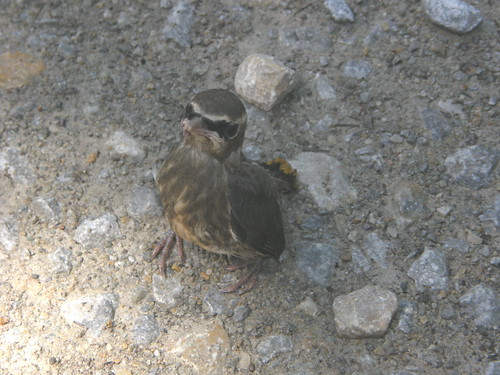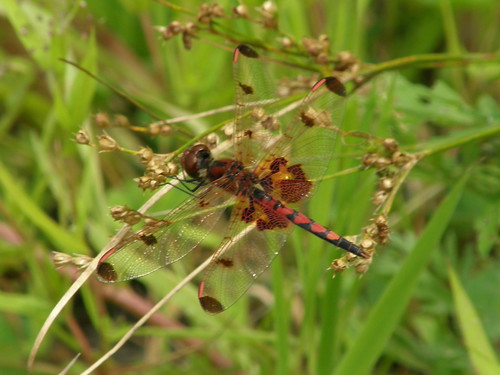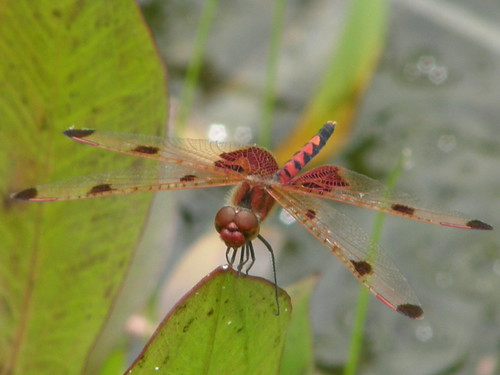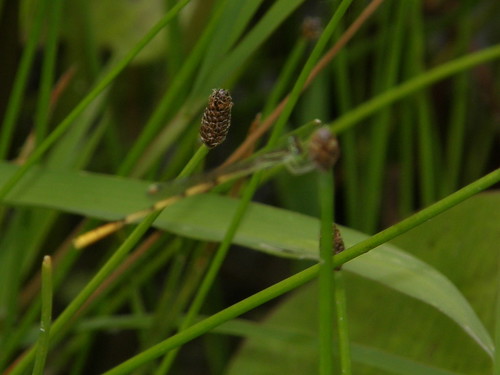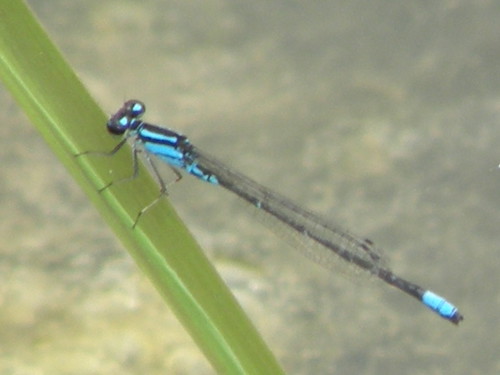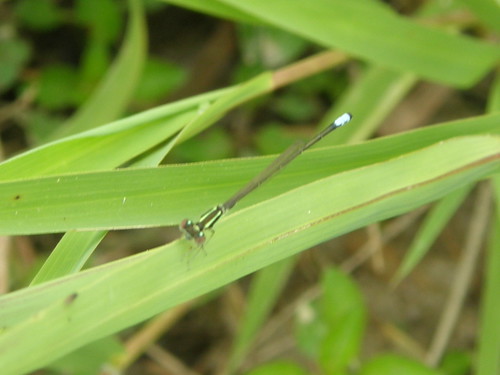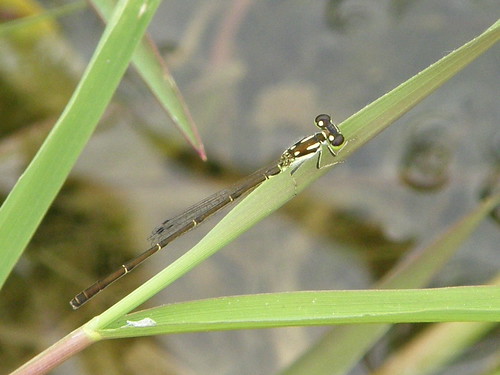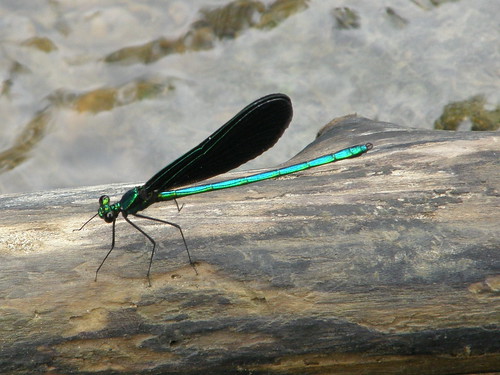This is the first time I have ever seen a fledgling cedar waxwing. Since people fly up and down this drive, I decided to try to coax it back into the trees. I knew it wasn't abandoned because I could hear an adult waxwing giving its "high zeet" alarm call.

This one took a little more coaxing to fly than its sibling, so I picked it up and it flew out of my hand and into the trees. An adult bird was still alarming me, a good sign. Since almost all birds can't smell, there is no need to worry about the parents smelling me - it is an old wives' tale.
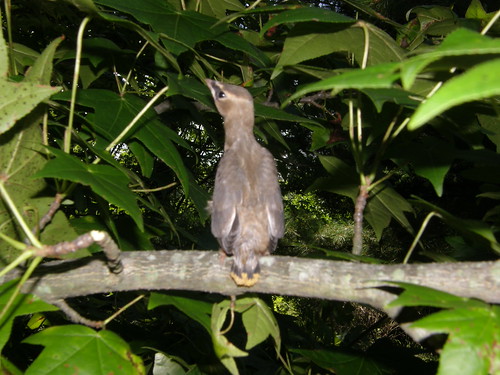 A good ending and a definitely confirmed OBBA II entry! (although I already had them confirmed with nest building.)
Tweet
A good ending and a definitely confirmed OBBA II entry! (although I already had them confirmed with nest building.)
Tweet
